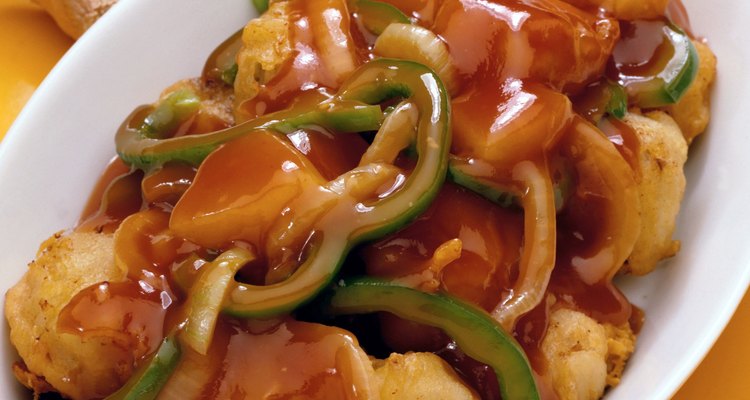
Cooking and baking are distinctly separate disciplines in the kitchen. Although most home cooks do both, the two activities require rather different attitudes. Cooking is a more forgiving process with a relatively large scope for improvisation. Baking is more of a chemistry experiment, requiring greater accuracy and consistency. However, many techniques and many ingredients are shared between cooking and baking. Two examples are cornstarch and baking powder.
How Cornstarch Works
All grains contain starches in varying degrees. The starches found in corn are relatively easy to extract and purify, making cornstarch an inexpensive ingredient for American cooks and bakers. Cornstarch, like other culinary starches, is primarily used as a thickener and stabilizer for liquids. When moistened and heated, starch molecules expand and unwind, and begin to bond together in networks as the currents in the hot liquid move them around. Eventually, when enough bonds are formed, this three-dimensional molecular mesh begins to immobilize liquid, in much the way a sponge does. This provides the familiar thickening action.
How Baking Powder Works
The effect of baking powder is very different from the effect of cornstarch, and reflects their different purposes. Baking powder is a mixture of baking soda, which is alkaline, with cream of tartar, which is an acid. Most brands also include other ingredients as "buffers," which prevent the two main ingredients from reacting to each other prematurely. When baking powder is moistened and heated, the baking soda and cream of tartar react by forming carbon dioxide gas. When this is trapped in the food, it creates bubbles which raise and lighten the texture of the food.
Corn Starch in Cooking
Corn starch is almost invariably used to thicken sauces, gravies and occasionally soups. In each case, the method is very similar. Whisk the cornstarch into cold water or other liquid, until well mixed. Stir it into the food to be thickened, and gently raise the temperature. As the food reaches 150 F, the thickening effect begins, peaking at 180 F. Cornstarch produces a relatively clear gel, making it suitable for glossy sauces. Once the sauce has thickened, stir it as little as possible, and don't let it come to a boil. Otherwise, the thickening effect begins to break down.
Baking Powder in Cooking
Baking powder, as the name suggests, is primarily used for baking. However, its leavening effect is also of use to cooks. This is especially true in the case of pancakes and waffles, which rely on baking powder to make them light and fluffy. Baking powder is also used in most recipes for American-style dumplings, the kind served with stews or chicken and dumplings. It is also used in the tiny German dumplings called spaetzle. Some recipes also call for baking powder in less obvious places, such as Middle Eastern falafels and other fritter-like fried foods.
Related Articles
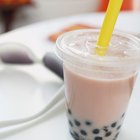
Differences Between Tapioca Starch and ...
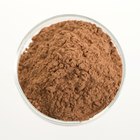
Properties of Bentonite Magmas

Does a Rice Flour Thickening Agent Have ...

Can You Use Konjac Flour in Baking?

Adding Cream of Tartar to Macaroons
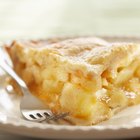
What Can I Substitute for Cornstarch?
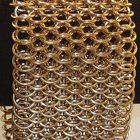
What Is 916 in Jewelry?

How to Remove Scars Caused by Insect ...
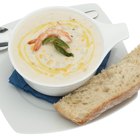
Corn Starch Vs. Rice Flour As ...
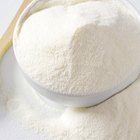
Differences Between Instant & ...
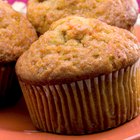
Substitute for Manioc Starch

What Is Certo Used For?

What Is Glycerine Used For?

Tapioca Flour Vs. Quick Cooking Tapioca
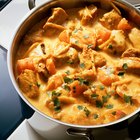
Ancient Indian Cooking Methods

Types of Polyester Fabric
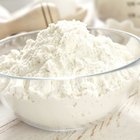
How to Use Millet Flour
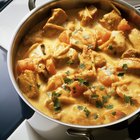
Does Coconut Milk Curdle in the Heat?
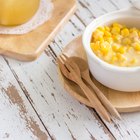
How to Thicken Up Creamed Corn

How Much Flour to Thicken a Sauce?
References
- "On Food and Cooking: The Science and Lore of the Kitchen"; Harold S. McGee; 2004
- "Professional Cooking"; Wayne Gisslen; 2003
- "A New Book of Middle Eastern Food"; Claudia Roden; 1985
- Fine Cooking; Shanghai Stir-Fried Beef and Broccoli; Tony Rosenfeld; February 2004
- Fine Cooking; Chicken and Dumplings; Lisa Schroeder, et al.; November 2009
Writer Bio
Fred Decker is a trained chef and prolific freelance writer. In previous careers, he sold insurance and mutual funds, and was a longtime retailer. He was educated at Memorial University of Newfoundland and the Northern Alberta Institute of Technology. His articles have appeared on numerous home and garden sites including GoneOutdoors, TheNest and eHow.
Photo Credits
Jupiterimages/Photos.com/Getty Images